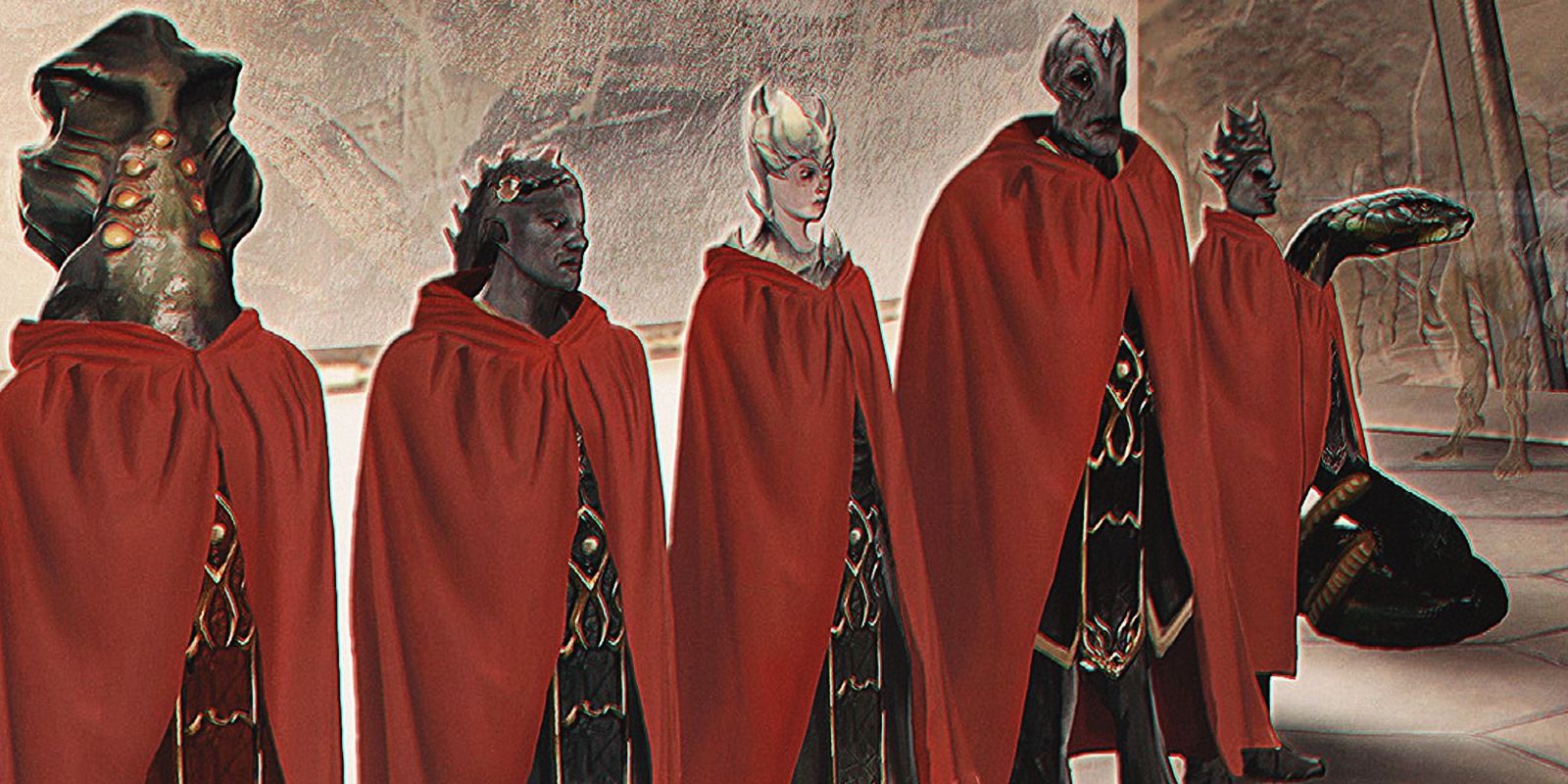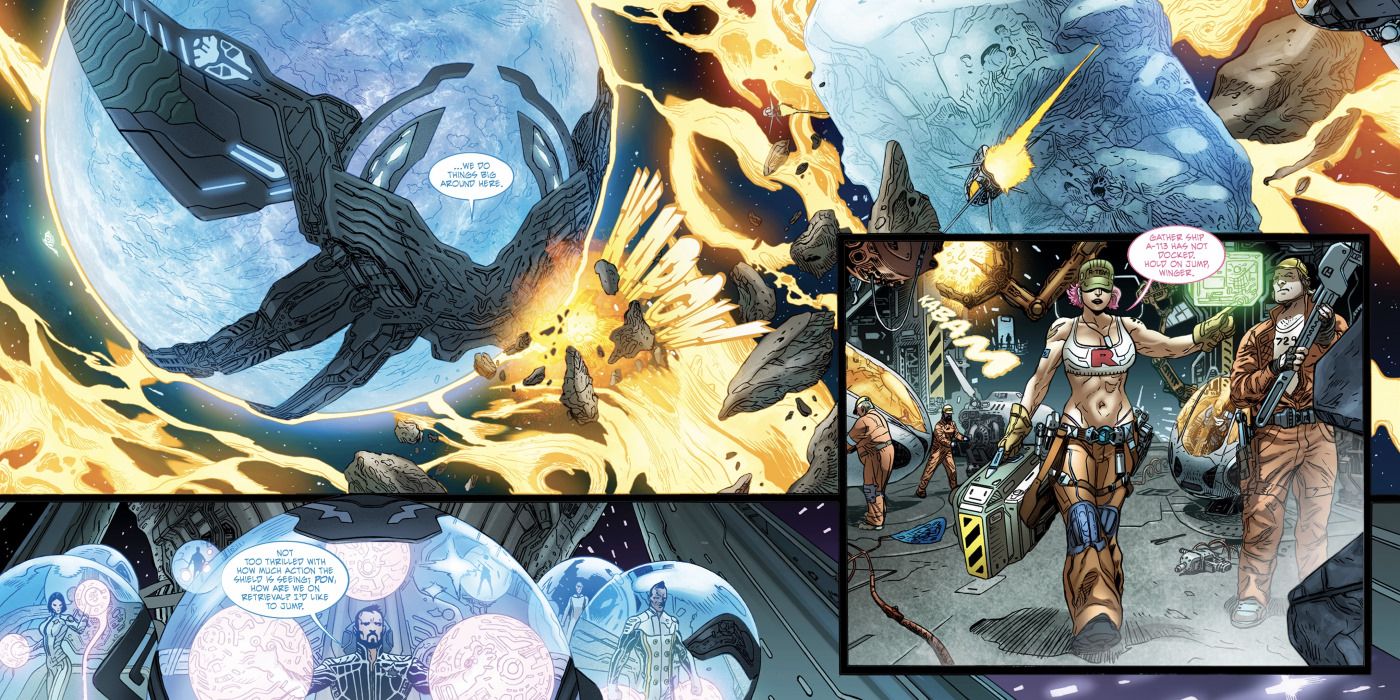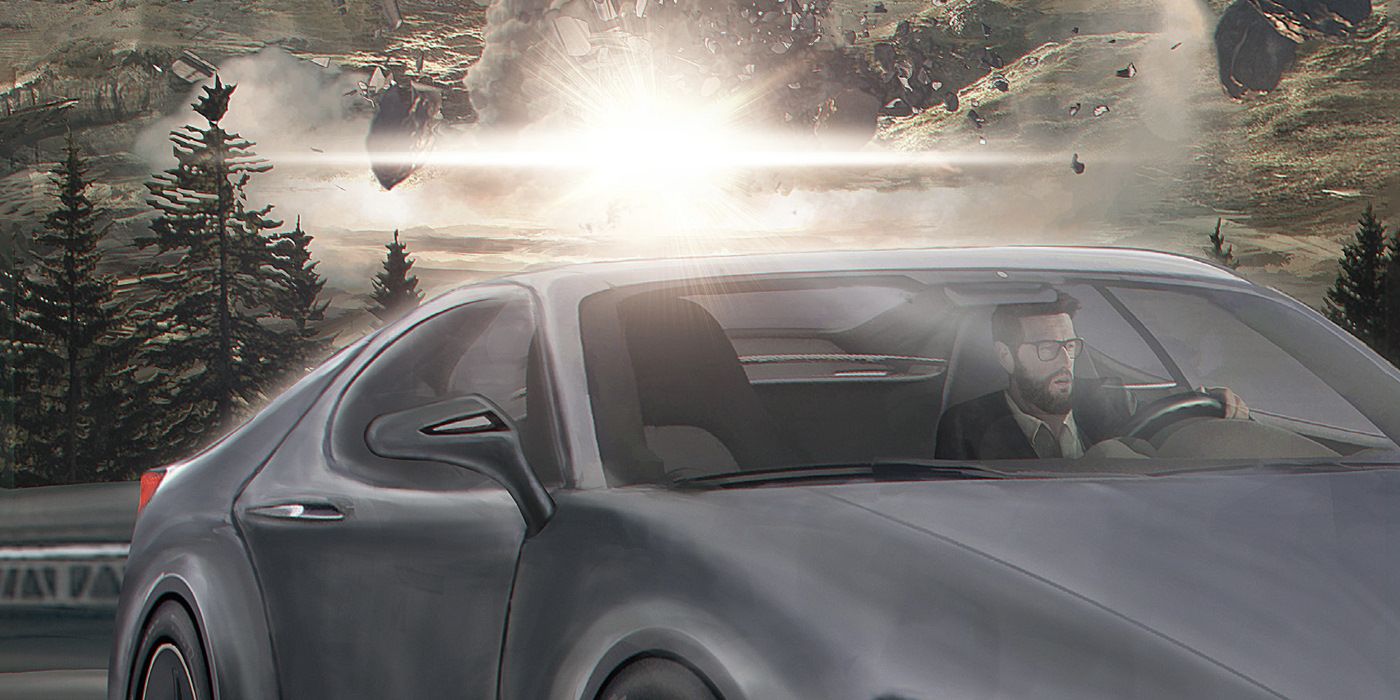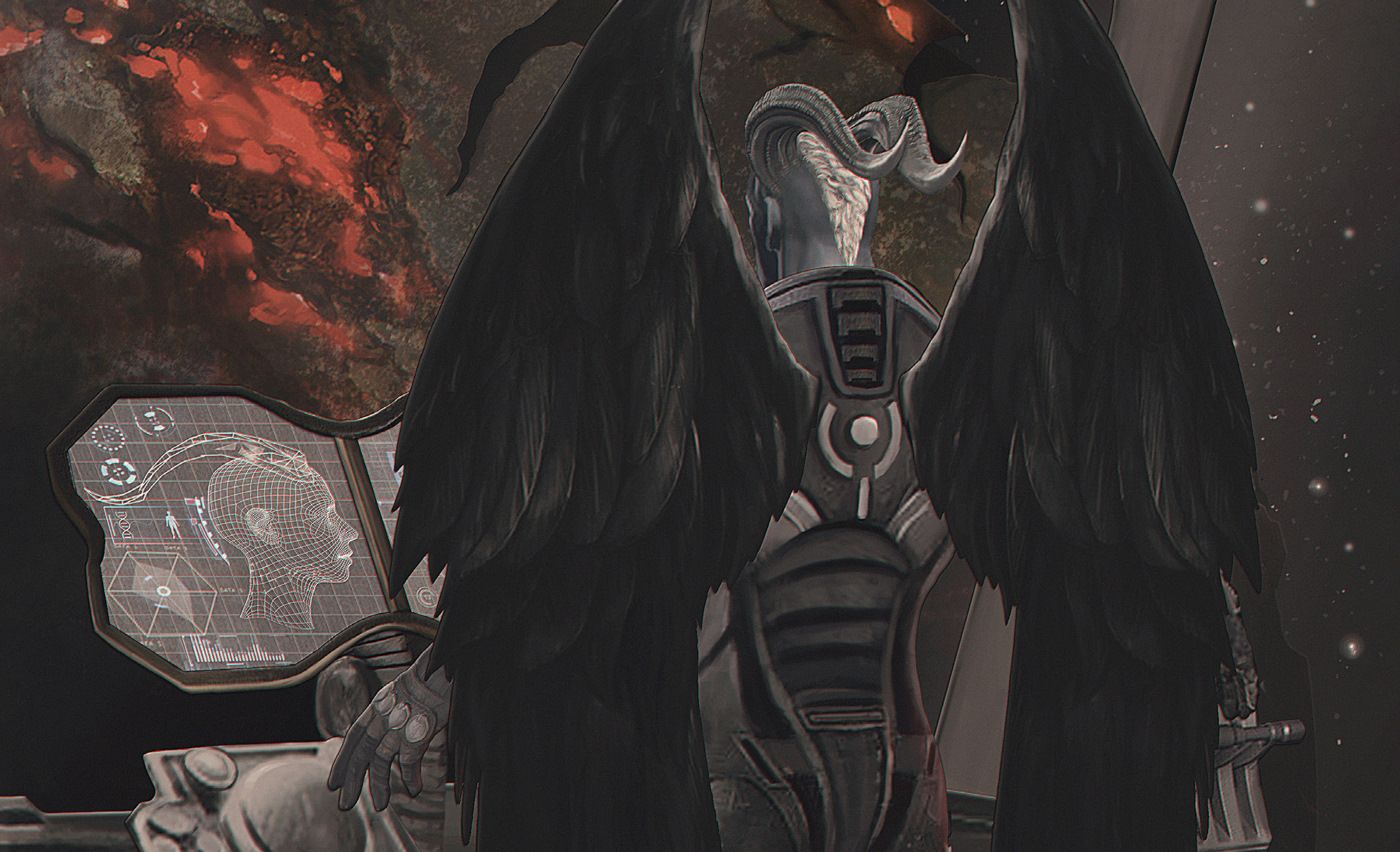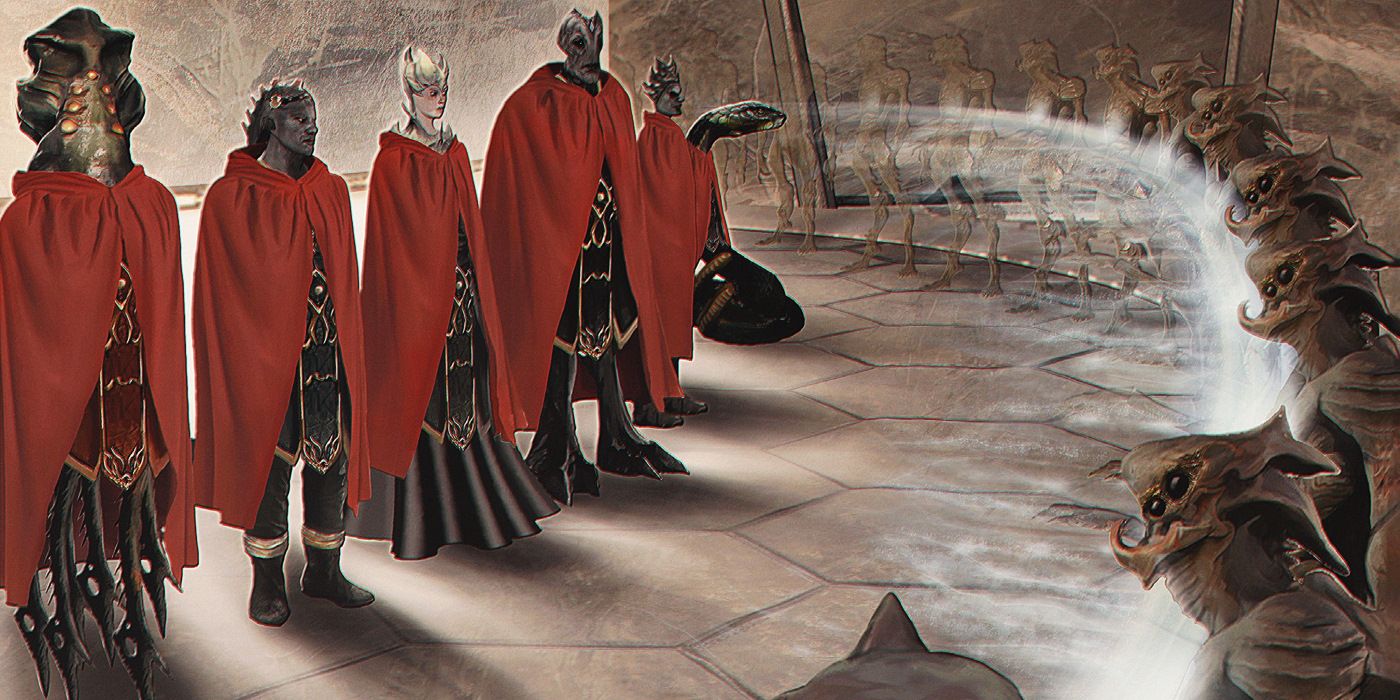Science fiction has inspired some of the grandest tales in literature, and has accomplished quite a bit for itself as a genre despite its relatively young existence in written history. It has given birth to superheroes, space wizards, and horrifying creatures from ancient dimensions. But while much of what exists in pop culture would be considered “soft sci-fi” (such as George Lucas’s legendary space opera Star Wars), there has always been a unique hunger for “hard sci-fi”--a sub-genre that focuses more on the science than the fiction. And Heavy Metal hopes to appease that niche market with a series of illustrated novels beginning with Beyond Kuiper: The Galactic Star Alliance.
While Heavy Metal’s Virus imprint has predominately focused on paranormal horror with graphic novels such as Mundo Diablo, their new project hopes to draw in fans of a different variety; science geeks. But “Beyond Kuiper” is more than just an ambitious novel; it’s a saga that CEO Matt Medney (with the help of co-creator and aerospace engineer John Connelly) hopes will launch an entire shared universe for the company. First teased in issue 300 of Heavy Metal, Medney’s “Kuiperverse” began in his graphic novel Dark Wing--a serialized 9 issue comic about a nomadic planet of space refugees looking for a new solar system to call home millennia after a black hole devoured their solar system. In essence, it's Wagon Train meets Krypton.
At its core, the Beyond Kuiper Expanded Universe is a love letter to hard science fiction. While Dark Wing contains much of Heavy Metal Entertainment’s signature aesthetics (larger than life set pieces with a sprinkling of cheesecake art on the side), it’s different than other rock and roll space odysseys in that the technology itself is a major focus of the narrative. That’s because Medney and Connelly put their shared universe through what they refer to as the “Bill Nye test" of theoretical science.
And though “Kuiper” and Dark Wing are tonally different, they share one thematic through line--the heroes of their stories are explorers of the cosmic beyond, searching for a new place in the universe for their species to call home. Dark Wing’s protagonist is pilot Benedict Gunn. He's your typical risk-taking, hard-talking flyboy with one exception; he’s also intelligent--like Han Solo with a Masters Degree in astrophysics. "Beyond Kuiper" on the other hand has a different sort of hero. Unlike the intellectually macho Ben Gunn, Earthling scientist Bernard William Hubert is half as gung-ho, but three times as strategic. In 2091, Hubert and his super scientist pals are a part of an Earth-wide project hoping to finally propel humanity beyond the borders of the Kuiper Belt. Like the crew of the Dark Wing, Earth's humans will soon need to find a new home after generations of abuse and neglect have left our planet on a downward spiral of decay.
How Gunn and his planet-towing star cruiser are connected with the events set in “Beyond Kuiper” will be revealed later in the series. Aside from Dark Wing’s crew (the Quail people) resembling Earthlings in both appearance and work attire, they don’t seem connected to any of the other extraterrestrial species presented in “Kuiper.” Might these beings from the space sector dubbed The Distant Zones share an ancient, common ancestry with us Earth humans? You’ll have to read it to find out.
Though the situation on Earth is dire in the Kuiperverse, humanity did manage to pull itself together in the eleventh hour to help slow down the inevitable, so society hasn’t gone full Mad Max quite yet. It’s an Earth where geeks build real-life lightsabers and mechanical owls; a planet so saturated with science fiction pop-culture that even the aliens observing Earth regularly crack corny Star Wars jokes. But behind the hip exterior, it’s ultimately an Earth that’s not long for this universe. Interstellar travel is the only option for humankind’s future survival, and Bernard is just arrogant enough to think he’s the trailblazer to crack the code. Only an accident involving an antimatter containment unit would cause all of the scientist’s hard work (and colleagues) to vaporize in a puff of smoke.
After dozens of hearings and investigations on the “CERN Incident,” Bernard publicly testifies that it was extraterrestrials that triggered the massive explosion. He believes it was not an intentional attack on the planet, otherwise humanity would have already been wiped out. Unlike Independence Day, the aliens in the Kuiperverse can't be brought down by a PowerBook 5300, though Medney and Connelly do pull plot elements from other cinematic sci-fi staples for their novel. Like Jodie Foster's character in the Carl Sagan inspired movie Contact, Bernard is mocked, disbelieved, and determined to make first contact with Earth's alien voyeurs, whom he believes will redeem his name. And like in Nolan's celestial masterpiece Interstellar, the future of humanity rests on a "Hail Mary" pass to the stars beyond the Kuiper Belt--only the football is an advanced starship (dubbed the Nomad in honor of Bernard's fallen friend) running on untested theoretical astrophysics.
But Bernard’s quest is only half the story. While the Earthman gathers his motley crew of masterminds Ocean’s 11 style, political turmoil grips the Galactic Star Alliance. For those familiar with the Mass Effect video game franchise, the GSA is a governing body of interplanetary civilizations similar to the Citadel Council. And like the Citadel Council, one of the GSA’s primary functions is to monitor and eventually uplift planets who show potential for interstellar space travel. But the main question “Beyond Kuiper” poses to its readers isn’t can humanity touch the stars beyond, but do we even deserve the privilege? According to our galactic neighbors, Earth is a Class-T planet, meaning it has a long way to go before its people are mature enough to handle the responsibilities that come with colonizing outer space.
Allowing the population of Earth to destroy itself may sound harsh, but there’s a good reason the Galactic Star Alliance won’t interfere with the affairs of humanity unless we prove ourselves worthy. Not every civilization that passes the bar for galactic promotion measures up to expectations in the end. Some fledgling planets erupt into techno-apocalyptic civil war. Others go on to brutally colonize weaker planets. And one race of beings even gained Superman-like abilities when exposed to foreign solar radiation. In the end, it’s simply more logical to let primitive planets die on their own terms than risk exposing them to technology they can later use to commit mass genocide.
The dual storytelling can get Game of Thrones level complicated at times due to “Beyond Kuiper” being packed with characters both on Earth and in the farthest reaches of the galaxy. It has a colorful menagerie of alien societies reminiscent of Farscape, but set under the political backdrop of Star Trek; wherein Earth is the primitive civilization under Prime Directive quarantine. Politicians and scientists, both human and otherwise, are the major driving force in this illustrated novel. That said, the story also sets up the saga’s main bad guy Odian Spek--a rogue general of the GSA who looks like an extraterrestrial version of Satan.
Given that terraforming barren planets is considerably harder than simply wiping out the indigenous populations of Class-T planets and recolonizing them, Spek’s followers believe civilizations like those found on Earth are a blight on the universe, wasting precious life-sustaining resources out of sheer stupidity. Odian takes the thematic question a step beyond “does humanity deserve the stars?” and boldly asks “does humanity even deserve Mother Earth?” It’s a question that ultimately ends on a cliffhanger, and will be continued in the pages of “The Voyage of the Nomad.”
For a publisher that has leaned in on the fantasy elements of its storytelling, Heavy Metal is putting a lot of time and effort into building the “Beyond Kuiper” expanded universe. The publisher even collaborated with Podium Audio (who previously produced the audiobook for “The Martian”) to release an Audible version of the novel, complete with narration by Kyle Perrin and a 20 track score that hearkens back to the techno-punk beats of 1980s sci-fi cinema.
But more than anything, the amount of scientific detail poured into “Beyond Kuiper” is what really stands out. The novel is full of footnotes detailing the rich history of its universe-spanning mythology--and you will need to read these footnotes to keep up. The book also comes equipped with illustrated pages of the various written languages found within the GSA, star maps of major civilizations, and a timeline detailing events in Earth’s future including World War III, the collapse of First World governments, and the re-election of Donald Trump in 2020.
If your preferred form of sci-fi is of the sword and sorcery variety, be prepared for Medney and Connelly to drop a college course's worth of science on you. But if hard science fiction is what ignites your FTL drives, then the Kuiperverse will likely be a fulfilling read. Both Dark Wing #1 and "Beyond Kuiper: The Galactic Star Alliance" can be pre-ordered through Heavy Metal; with the comic book dropping in October after its initial serialized run ends, and the roughly 300 page novel (complete with eye-catching painted art by Utku Ozden) will ship on November 11th.

